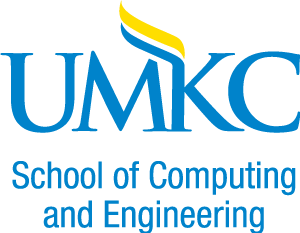INVITED SPEAKERS
Academia
Zhisheng Niu, Professor at Tsinghua University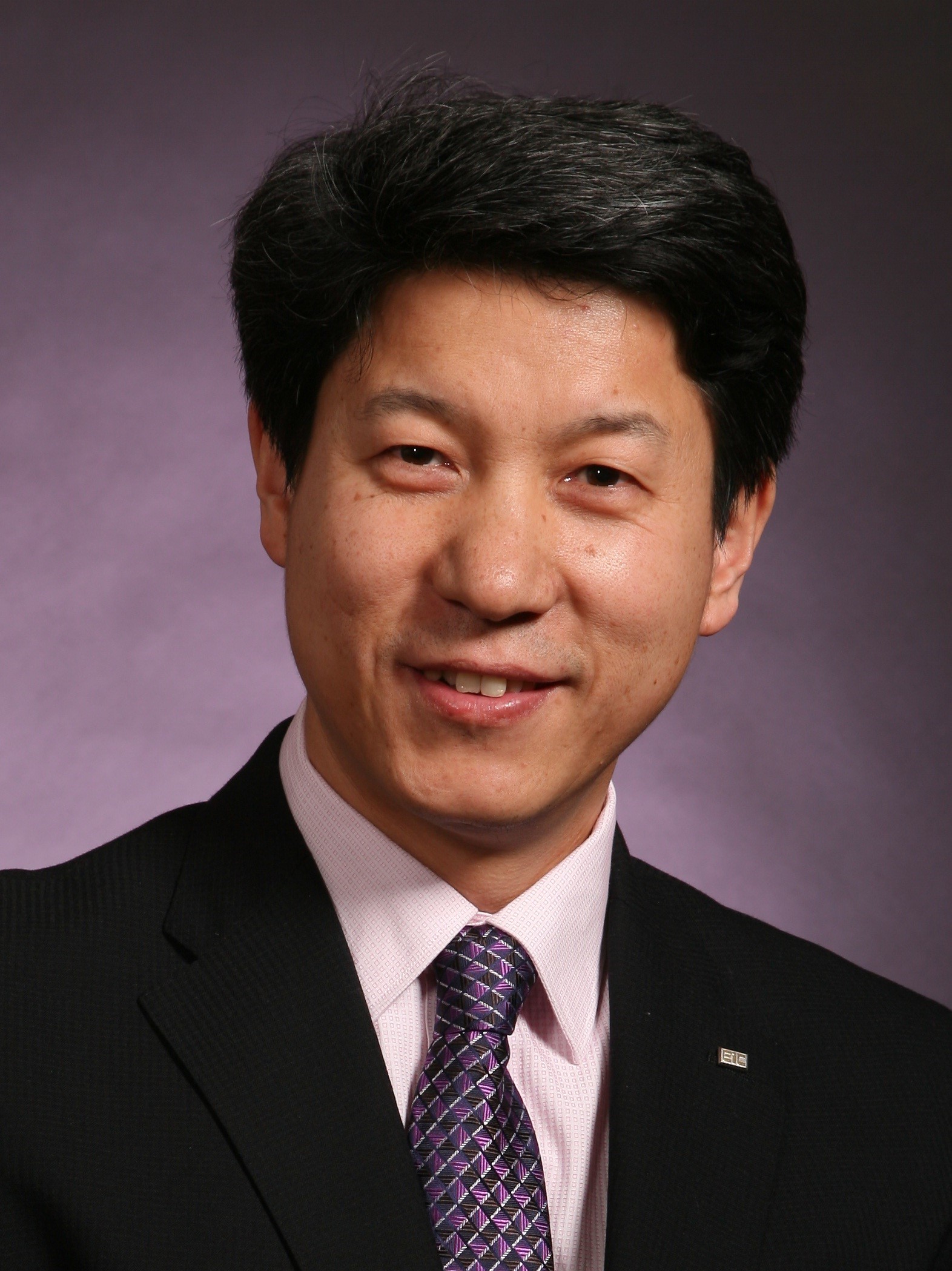
Prof. Niu graduated from Beijing Jiaotong University, China, in 1985, and got his M.E. and D.E. degrees from Toyohashi University of Technology, Japan, in 1989 and 1992, respectively. During 1992-94, he worked for Fujitsu Laboratories Ltd., Japan, and in 1994 joined with Tsinghua University, Beijing, China, where he is now a professor at the Department of Electronic Engineering. His major research interests include queueing theory, traffic engineering, mobile Internet, radio resource management of wireless networks, and green communication and networks. Dr. Niu has been an active volunteer at IEEE Communication Society, including Director for Asia-Pacific Board (2008-09), Director for Conference Publications (2010-11), Chair of Emerging Technology Committee (2014-15), and currently Director for Online Contents (2018-19). He has served as associate editor-in-chief of IEEE/CIC joint publication China Communications (2012-16) and editor of IEEE Wireless Communication (2009-13), and currently serving as area editor of IEEE Trans. Green Commun. & Networks. He was also selected as a distinguished lecturer (2012-15) of IEEE Communication Society and a distinguished lecturer (2014-16) of IEEE Vehicular Technologies Society. Dr. Niu received the Outstanding Young Researcher Award from Natural Science Foundation of China in 2009 and the Best Paper Award from IEEE Communication Society Asia-Pacific Board in 2013. He was the Chief Scientist of the National Basic Research Program (so called “973 Project”) of China on "Fundamental Research on the Energy and Resource Optimized Hyper-Cellular Mobile Communication System" (2012-2016), which is the first national project on green communications in China. He is a fellow of both IEEE and IEICE-Japan.
 Ben Liang, Professor at University of Toronto
Ben Liang, Professor at University of Toronto
Prof. Liang has been with the Department of Electrical and Computer Engineering at the University of Toronto since 2002. Before that, he received simultaneous B.Sc. and M.Sc. degrees in electrical engineering from Polytechnic University (now the engineering school of New York University) in 1997 and the Ph.D. degree in electrical engineering with a minor in computer science from Cornell University in 2001. His research interests are in networked systems and mobile communications. He has served on the editorial boards of the IEEE Transactions on Mobile Computing, the IEEE Transactions on Communications, the IEEE Transactions on Wireless Communications, and the Wiley Security and Communication Networks journal. He is an IEEE Fellow.
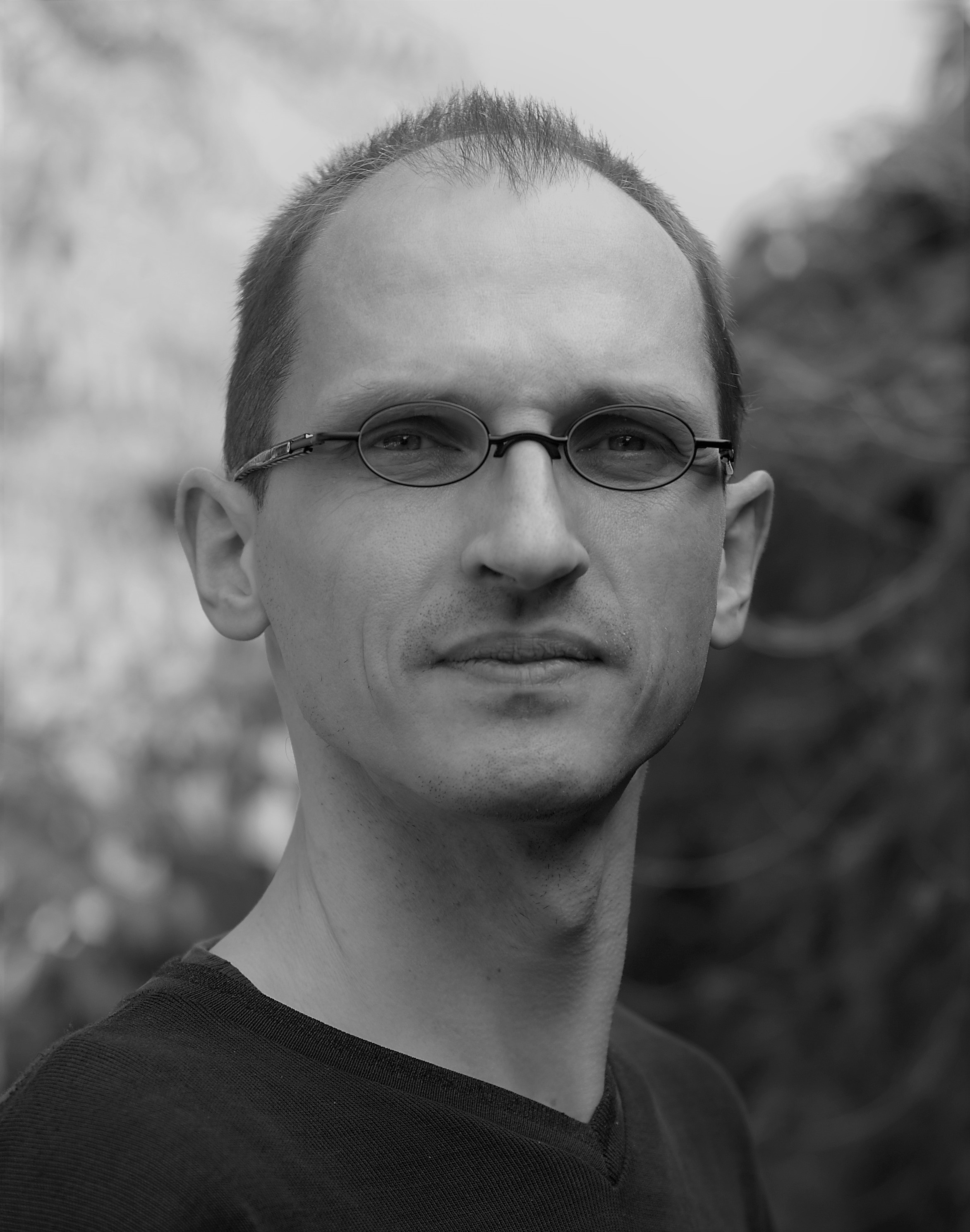 Klaus Moessner, Professor at University of Surrey
Klaus Moessner, Professor at University of Surrey
Prof. Moessner is a Professor in the Institute for Communication Systems, at the University of Surrey. Klaus was involved in a large number of projects in the Cognitive Communications, Service provision and IoT areas. He was responsible for the work on cognitive decision making mechanisms in the CR project ORACLE, and led the work on radio awareness in the ICT FP7 project QoSMOS and is now leading the H2020 Speed5G and Clear5G projects. In the past, Klaus was the founding chair of the IEEE DYSPAN Working Group (WG6) on Sensing Interfaces for future and cognitive communication systems. His research interests include cognitive networks, IoT deployments and sensor data based knowledge generation, as well as reconfiguration and resource management; he is senior member of IEEE.
Industry
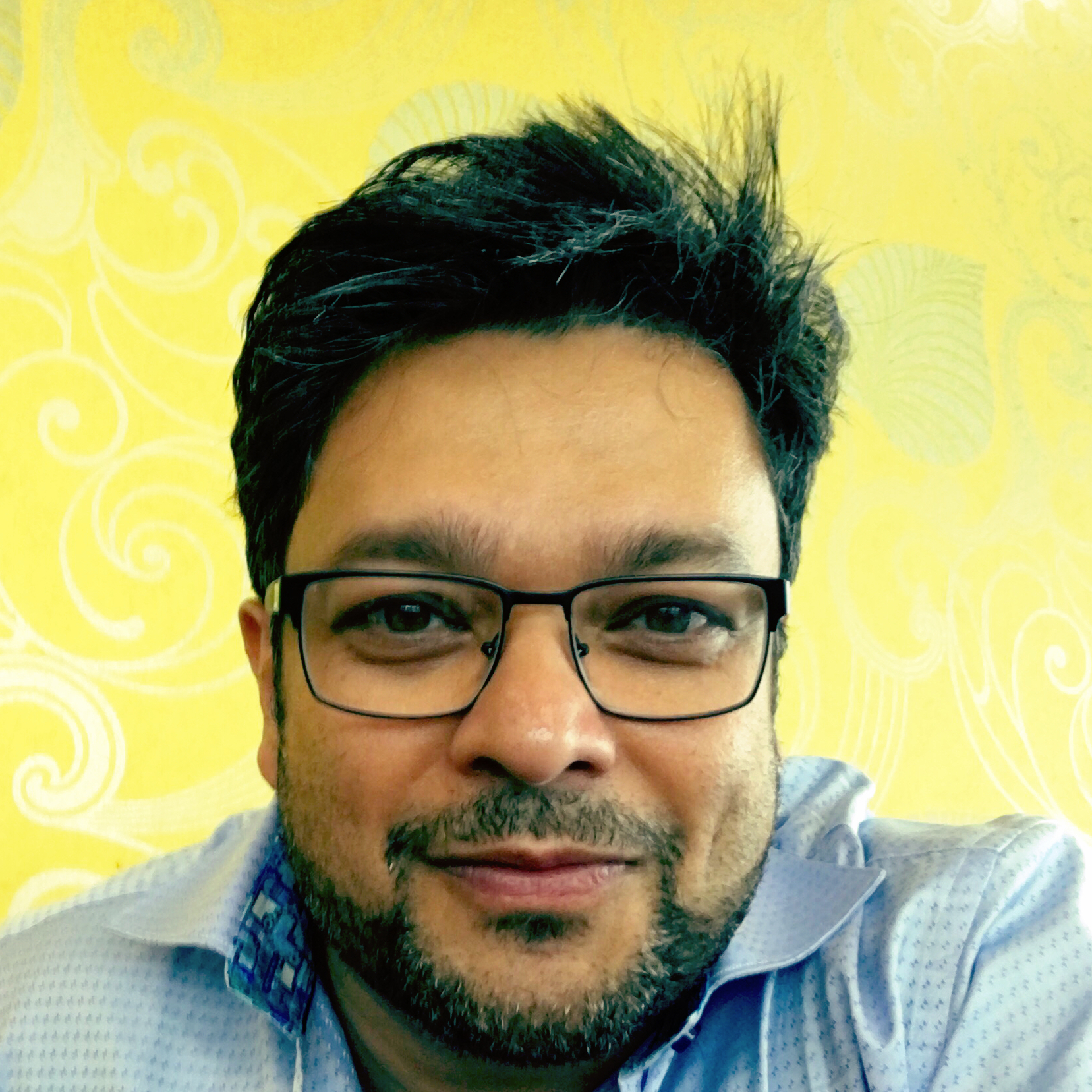 Arunabha Ghosh, Director of Advanced Wireless Technologies Group at AT&T
Arunabha Ghosh, Director of Advanced Wireless Technologies Group at AT&T
Dr. Arun Ghosh is the Director of Advanced Wireless Technology Group with AT&T Labs where he leads the development and implementation of advanced wireless technology for 5G and beyond 5G Radio Access Network. Currently he is involved in the development and standardization of new technology for 5G mobile radio access networks where his main area of focus are mmWave communication systems, massive MIMO systems and multi-hop self-backhauling network architecture. He is also responsible for various 5G trial and testbed prototype develop carried out in the 5G technology innovation lab in Austin. His main area of research relates signal processing and communication theory but he has also worked extensively and other topics such as cloud RAN, advanced system architecture, etc. He has published extensively in these area and is a key contributor to AT&T patent portfolio on this subject. Dr. Ghosh has also authored several bestselling books on LTE and WiMAX. He received his PhD from University Illinois at Urbana-Champaign and his masters and bachelors from Indian Institute of Technology.
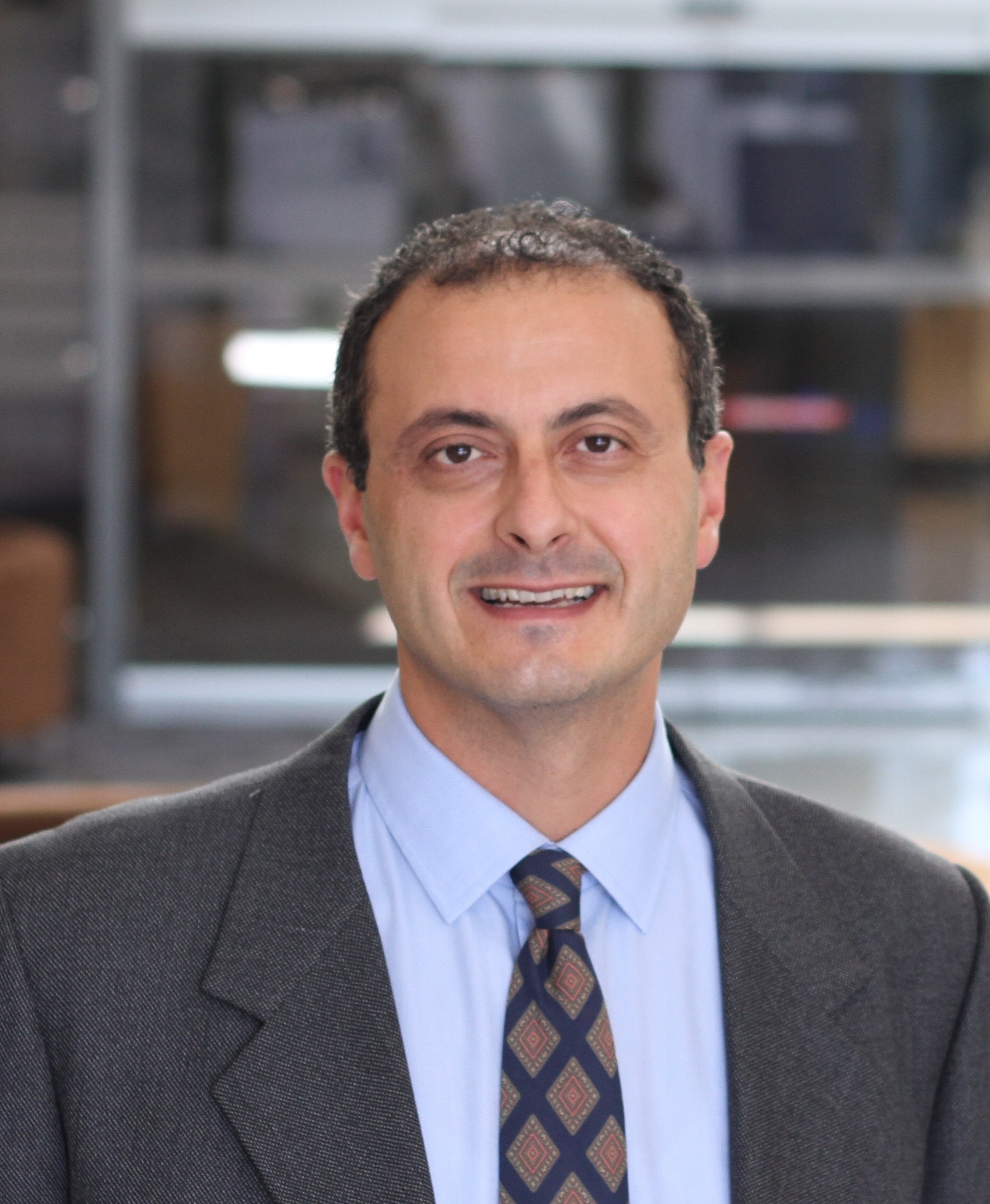 Mehmet Yavuz, VP of Engineering at Qualcomm
Mehmet Yavuz, VP of Engineering at Qualcomm
Mehmet is VP of Engineering at Qualcomm Corporate Research and Development department where he joined in 2003. His contributions include system design, development, standardization and implementation for projects including 1xEV-DO Rev-A, VoIP over wireless, UMTS, HSPA, LTE and 5G. Mehmet has led LTE small cells group and 1000x initiative in Qualcomm Research including areas such as Self Organizing Networks, Neutral Host services, LTE in Unlicensed or Shared Bands. Most recently, Mehmet has been leading the work on Internet of Things (IoT) networks for industrial IoT applications with a focus on 5G. Mehmet has more than 150 issued patents with USPTO and received Qualcomm IP Excellence Award in 2013. He also received Qualcomm Research Distinguished Contributor Award: for Project Leadership in 2014 and for Technical Contributions in 2009. He holds M.S. and Ph.D. degrees in Electrical Engineering from the University of Michigan, Ann Arbor.
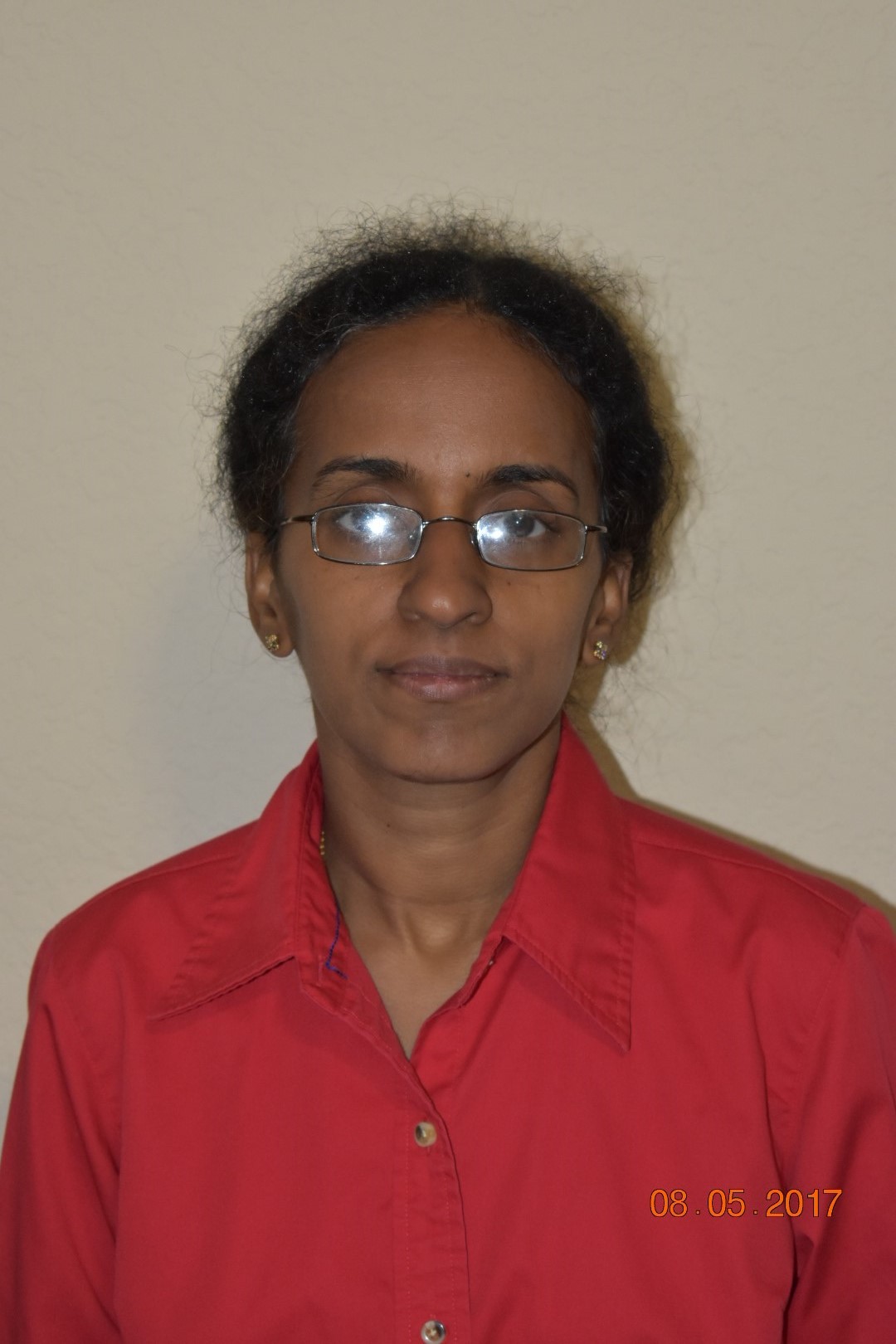 Devaki Chandramouli, Senior Standards and Architecture Specialist at Nokia
Devaki Chandramouli, Senior Standards and Architecture Specialist at Nokia
Devaki is an industry recognized Wireless and Architecture expert. With over 100 patent filings and 17 years of experience in telecom, she is now focusing her attention in shaping the vision for 5G System Architecture. She was instrumental in developing and driving Nokia’s strategy for 5G standardization approach, referred to as phased approach in 3GPP. She drives 5G System architecture specification in 3GPP SA2. She has co-authored IEEE papers on 5G, co-authored a book on “LTE for public safety” published by Wiley in 2015. She is now working on her next book titled “5G for the connected world”.
PROGRAM
Room: Empire B
08:30 - 10:30 Opening and Academic Invited Presentations
- Opening & 5G-MoNArch Project Presentation
- Zhisheng Niu, "A Hyper Cellular Architecture for 5G and Beyond"
- Ben Liang, "Joint Offloading and Resource Allocation in Mobile Cloud with Computing Access Point"
- Klaus Moessner, "The Speed5G eDSA Framework and Future Dynamic Spectrum Access"
10:30 - 11:00 Networking Break
11:00 - 12:30 Technical Paper Session I
- Virtualized Radio Access Networks: Centralization, Allocation, and Positioning of Resources
Phelipe A de Souza (Universidade Federal de Goiás, Brazil); Abdallah S. Abdallah (Penn State University, USA); Elivelton Bueno (Fundacao Getulio Vargas, Brazil); Kleber V Cardoso (Universidade Federal de Goiás, Brazil) - Dynamic Sectoring With Elevation Optimization Technique in 5G Cellular Networks
Rui Dong (University of Sydney, Australia); Wibowo Hardjawana (The University of Sydney, Australia); Yonghui Li (University of Sydney, Australia); Branka Vucetic (The University of Sydney, Australia) - Power Minimization in Wireless Network Virtualization with Massive MIMO
Mohammadmoein Soltanizadeh and Ben Liang (University of Toronto, Canada); Gary Boudreau and S. Hossein Seyedmehdi (Ericsson, Canada) - Throughput Maximization in Cloud Radio Access Networks using Network Coding
Mohammed S. Al-Abiad (University of British Columbia, Canada); Ahmed Douik (California Institute of Technology, USA); Sameh Sorour (University of Idaho, USA); Md. Jahangir Hossain (Universtiy of British Columbia, Okanagan, Canada) - Effects of Blockage in Deploying mmWave Drone Base Stations for 5G Networks and Beyond
Margarita Gapeyenko (Tampere University of Technology, Finland); Irem Bor-Yaliniz (Carleton University, Canada); Sergey Andreev (Tampere University of Technology, Finland); Halim Yanikomeroglu (Carleton University, Canada); Yevgeni Koucheryavy (Tampere University of Technology, Finland)
12:30 - 14:00 Lunch Break
14:00 - 15:45 Industry Invited Presentations and Panel Discussion
- Arunabha Ghosh, "A Self Backhauling Multi-hop Network Architecture for 5G"
- Mehmet Yavuz, "5G Industrial IoT and Architectural Requirements"
- Devaki Chandramouli, "Novelties of 5G System Architecture"
- Panel Discussion, "5G Architecture and Verticals", moderated by David Gutierrez Estevez (Samsung)
15:45 - 16:15 Networking Break
16:15 - 17:45 Technical Paper Session II
- Constructing Network Slices with Locator/ID Split and Locator Division for 5G Core Network
Kohei Matsueda (Keio Univerisity, Japan); Takamasa Ochiai (Keio University, Japan); Hiroaki Takano, Ryota Kimura and Ryo Sawai (Sony Corporation, Japan); Fumio Teraoka (Keio University, Japan) - Layered Cooperative Resource Sharing at a Wireless SDN Backhaul
Lorenzo Ferrari, Nurullah Karakoc, Anna Scaglione and Martin Reisslein (Arizona State University, USA); Akhilesh S. Thyagaturu (Intel Corporation & Intel Corporation, USA) - Behavioural Network Traffic Analytics for Securing 5G Networks
Stavros Papadopoulos (Centre for Research and Technology Hellas, Greece); Anastasios Drosou (Centre for Research & Technology Hellas - Information Technologies Institute, Greece); Ilias Kalamaras (Information Technologies Institute - Centre for Research and Technology Hellas, Greece); Dimitrios Tzovaras (Information Technologies Institute, Greece) - Performance Evaluation of Candidate Protocol Stack for Service-based Interfaces in 5G Core Network
Zhang Cheng, Xiangming Wen and Luhan Wang (Beijing University of Posts and Telecommunications, P.R. China); Zhaoming Lu (BUPT, P.R. China); Lu Ma (Beijing University of Posts and Telecommunications, P.R. China) - Energy-Efficient Mode Selection and Resource Allocation for Relay-Assisted D2D Communications
Peng Gao, Zhaohui Yang, Lu Pei, Jingrui Du and Ming Chen (Southeast University, P.R. China)
17:45 Concluding Remarks














